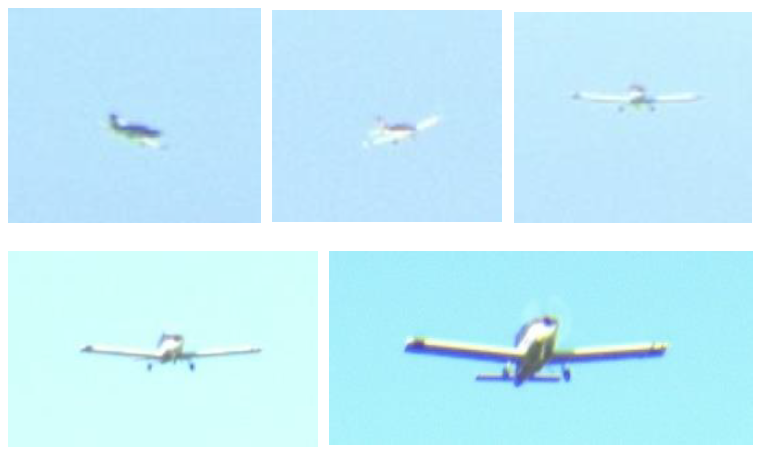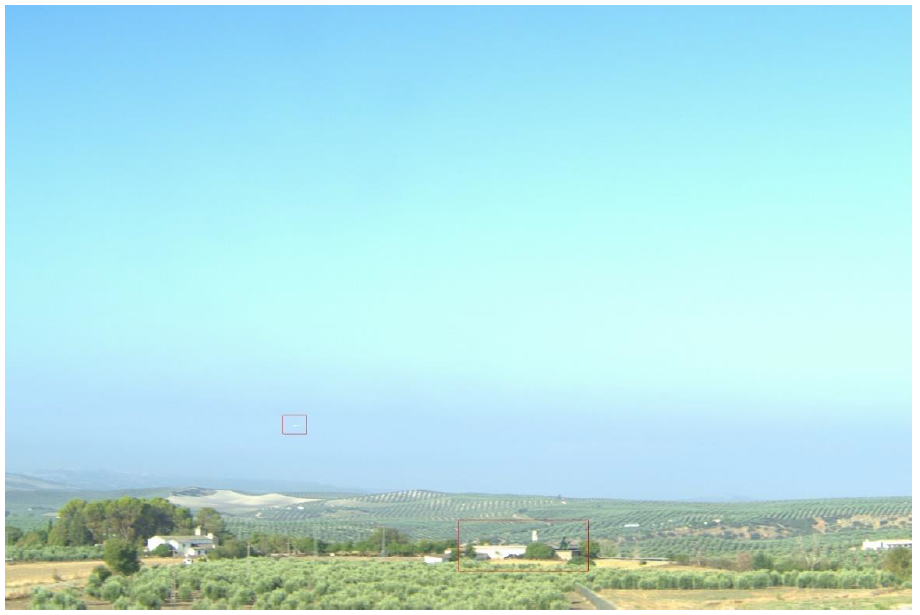Detecting aircraft through GAVIOTA

Regardless of the COVID 19 pandemic, GAVIOTA project activities have proceeded as planned. Among others, the design of Detection Node’s algorithms which allow to detect aircrafts in the airspace monitored from visual and audible information locally obtained through cameras and microphones must be highlighted .
To conduct such designs, the use of Deep Learning and Convolutional Neuronal Networks (CNNs) was determined to be the most appropriate strategy. Such an approach implies the training of the algorithm based on a pool of data which shall be used as reference to compare its predictions. In this case, the network assesses pictures and audio files, and establishes whether this data has any pattern which could outcome in aircraft detection. A big amount of good quality data, and a proper network configuration, it can learn from its mistakes and improve its success percentage.
In order to test and approve the algorithm, different data records gathered by a Detection Node deployed during two demonstration flights conducted in September 2019 in ATLAS Flight Center, and Beas de Segura aerodromes were used. Through this data, the conduct of a different set of strategies in laboratory was made possible, using different types of networks with different architecture and classification algorithms and different banks of aircraft data for reference.
As main outcome, it was confirmed that aircraft detections obtained meet the requirements initially established. However, it has also proven the need to perform additional tests with data from other scenarios.


Partners
The project is being carried out by a consortium formed by the aeronautical engineering companies Pildo Labs Galaica, Pildo Labs, and the Advanced Center for Aerospace Technologies (FADA-CATEC).
Financing
GAVIOTA project is framed into the call ‘Retos de Colaboración 2017’ of the Spanish state programme for research, development and innovation oriented towards societal challenges, within the framework of the State Plan for Scientific and Technical Research and Innovation, 2013-2016.
The project is funded by the ‘Ministerio de Ciencia, Innovación y Universidades – Agencia Estatal de Investigación – Proyecto RTC-2017-6515-4
